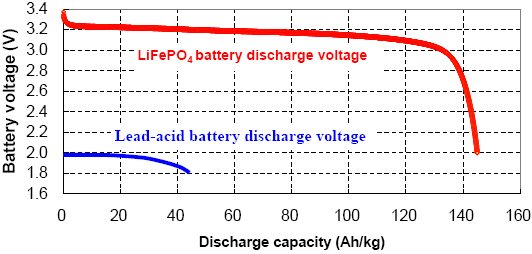Okay I dumped those green batteries and now that my
new blue ones are getting charged up I can see how
much more powerful they are by the way the meter won't
move up very quickly while charging. These batteries seem
much better so I will run these instead.
I just bought these batteries off of ebay.
The green ones are small and to much trouble because
I'll be wondering if the capacity will change right in the
middle of a calculation.
But the calculations I have shown are consistence and
show that these batteries offering a 25,000 joule count
can be extended using the split positive diagram to 40,000
joules. Let's see if the new batteries say the same thing.
new blue ones are getting charged up I can see how
much more powerful they are by the way the meter won't
move up very quickly while charging. These batteries seem
much better so I will run these instead.
I just bought these batteries off of ebay.
The green ones are small and to much trouble because
I'll be wondering if the capacity will change right in the
middle of a calculation.
But the calculations I have shown are consistence and
show that these batteries offering a 25,000 joule count
can be extended using the split positive diagram to 40,000
joules. Let's see if the new batteries say the same thing.


 Brand new 2200mah no excuses
Brand new 2200mah no excuses
 humm.......
humm.......
 Got to keep the faith
Got to keep the faith 




Comment